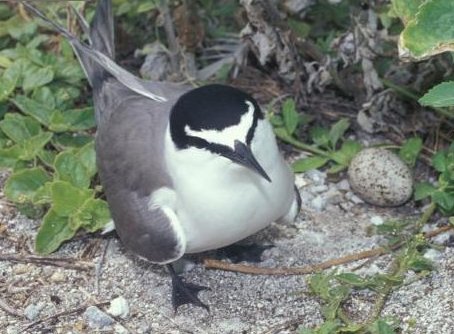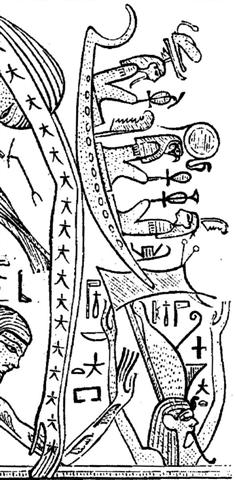2. The idea of a roof top held up by house beams is separate from the idea of the mata in front:
If the Hevelius ('Moon') perspective was used in the rongorongo system - reasonable because Easter Island is far down south compared to the path of Sun - then winter solstice, far north where Sun is born, ought to be of less interest than his arrival in spring. The word rogorogo, double Rogo, should be a negation - 'no Rogo'.
The point of the return of Sun (Ra) can be imagined as ta-Ra, where tara (point, thorn, spike) is similar in meaning to the Maori ngira (needle). Though in ngira the word play obviously could be the reversal of rangi, changing the inside darkness to the outside light.
On Easter Island manu tara (the sea swallow with her pointed beak) presumably was regarded to 'pierce the Cloth of Winter Night'. In Egypt it was the pointed 'beak' of the Ship of Sun which did the work:
|


